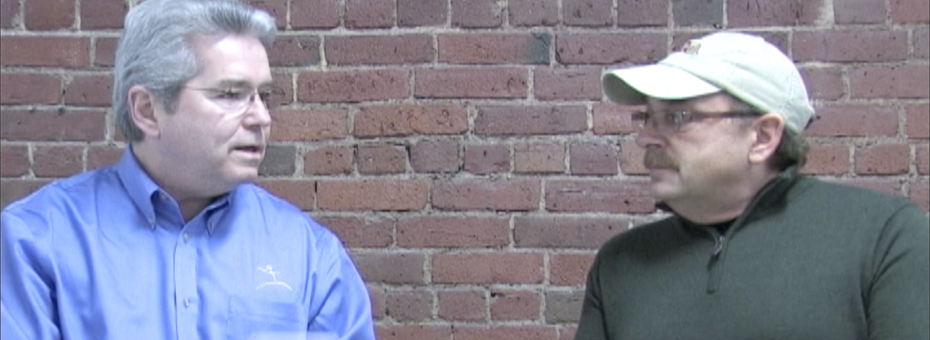Training leaders to perform at high levels during a lean transformation or in the Army’s vaunted Green Berets has more in common than you think, according to Sam MacPherson. He’s a retired Special Forces commander and director of training, who also studied the Toyota Production System first-hand at the carmaker’s Georgetown, KY, plant.
In this video interview, MacPherson explains how you can use what the Green Berets know about selecting and developing leaders.
On the kind of leadership qualities they seek out in developing Green Berets:
“In assessing potential green berets, we have a leaderless environment and a team environment… So we’re assessing the potential green beret’s ability to endure, to solve problems, to work as a member of a team… These folks also have an opportunity to assess themselves and each other. Are they a good team leader, a good team member? [They’re also assessed/developed] on being able to build a rapport, either with battle-hardened veterans or politicians. And sometimes you can’t tell the difference!”
On what civilians can learn from leadership development in the military:
“Special Forces and lean thinking/processes are both team-based cultures. Unlike the rest of the military, Special Forces is actually a complete team-based organization that runs in small group teams similar to Toyota, but also a matrix organization. We can actually pull the Special Forces organization apart and send them out to do very specific missions no matter where they’re at in the organization… There’s a very structured process to problem solving. There’s a decision-making process that I think would help the industry in embracing a uniform approach to problem solving and project management similar to [lean management]. We also have very prescribed team leadership procedures.”
On what he sees as the current state of lean leadership and lean leadership development:
“One of our passions is leadership and senior leadership team development. The norm inside of the industry I find is that very few organizations have a developed pathway for leadership development… [In most organizations], people are having to leave their organization, go get a degree and then try to come back and take on the challenge of a new position. Versus having an internal development system… And there’s an opening gap between the need for high-potential, globally-deployable lean leaders and the availability of them… So we’ve got to do a better job of accelerating the growth of lean leaders.”






